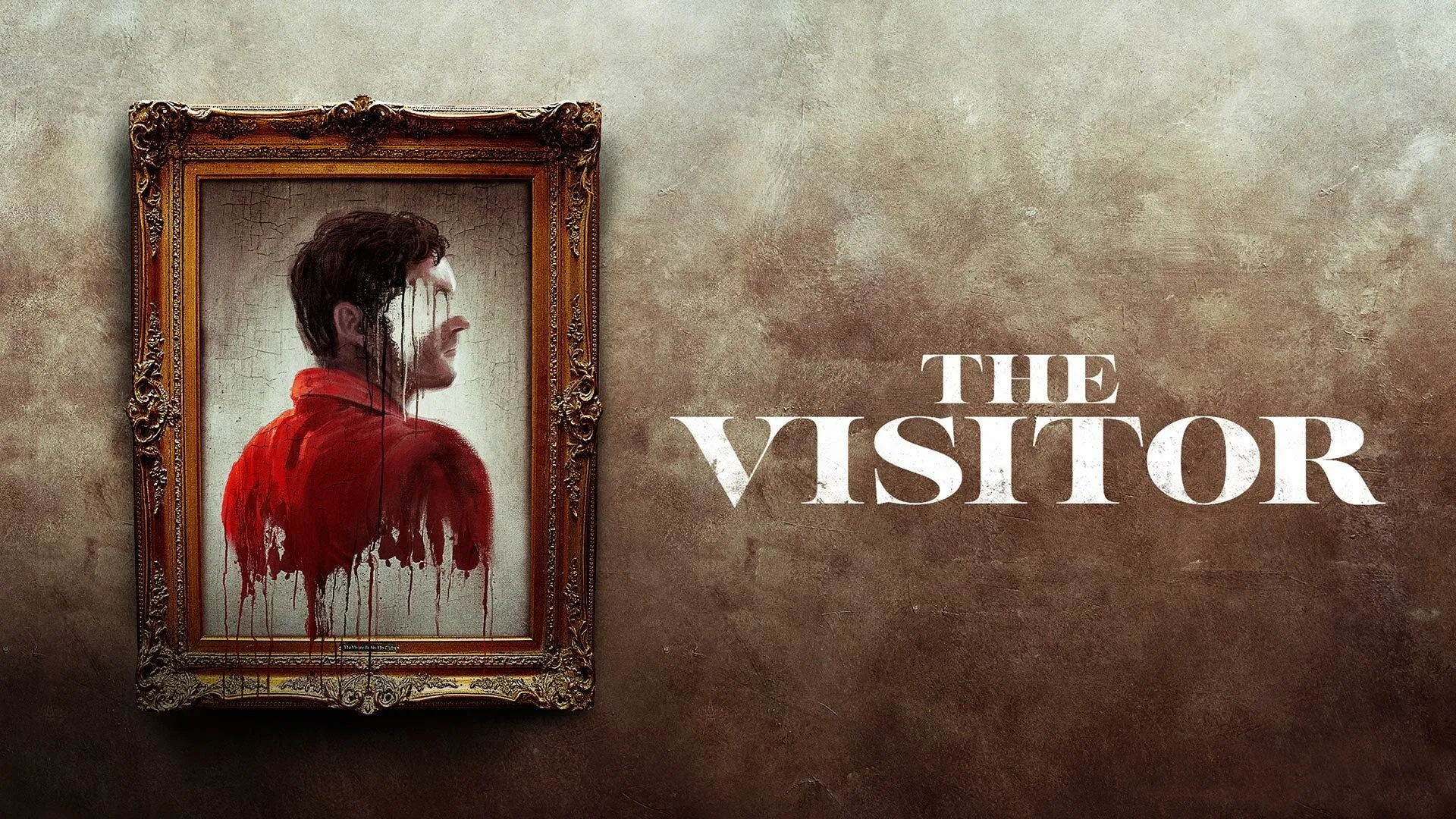Hidden Away (2020): A Poignant Portrait of Art, Solitude, and Resistance
Hidden Away (original title: Volevo nascondermi) is a profoundly moving biographical drama directed by Giorgio Diritti. The film chronicles the tumultuous life of Italian painter Antonio Ligabue, a misunderstood outsider whose unique vision and emotional turmoil found expression in art. With a mesmerizing performance by Elio Germano in the leading role, the film paints a raw, immersive portrait of a man at the edges of society.
Set in the early to mid-20th century, Hidden Away follows Ligabue from his troubled childhood through his adult years of isolation, mental struggles, and artistic awakening. Born in Switzerland to Italian immigrants, Ligabue was expelled from the country due to his erratic behavior and lack of citizenship papers. Sent to Italy, he lived much of his life in poverty along the Po River in the Emilia-Romagna region. There, plagued by psychological disorders and physical ailments, he struggled to find his place in a world that rejected him. Yet from this pain emerged a vivid and primal artistic style, heavily inspired by nature, animals, and inner torment.

What sets Hidden Away apart from typical biopics is its unflinching yet poetic approach to storytelling. Rather than focusing solely on milestones or external events, the film delves into the psychological and emotional landscapes of its protagonist. It avoids conventional narration, instead allowing viewers to experience Ligabue’s fragmented world through impressionistic visuals, abrupt mood shifts, and an intense focus on sensory details. The result is a film that feels more like an artistic experience than a linear biography.
Elio Germano’s performance is central to the film’s power. He fully embodies Ligabue, not merely imitating his gestures or voice, but inhabiting his physical and mental anguish. Germano’s transformation—complete with disfiguring prosthetics and a deep internalization of Ligabue’s anxieties and passions—earned him the Silver Bear for Best Actor at the Berlin International Film Festival. His portrayal is both heartbreaking and deeply empathetic, capturing the complexity of an individual who oscillated between moments of madness and flashes of brilliance.
The cinematography by Matteo Cocco further enhances the film’s immersive quality. Shot with a naturalistic yet stylized approach, the film captures the rural Italian landscape with painterly beauty, echoing the intense colors and bold forms of Ligabue’s own work. The sound design, too, plays a crucial role, often amplifying Ligabue’s inner chaos or emphasizing the silence of his solitude.

Hidden Away is more than just a biography; it is a meditation on alienation, artistic impulse, and the fine line between genius and madness. It does not seek to explain or justify Ligabue’s behavior but instead invites viewers to witness his world from within. For those unfamiliar with Ligabue’s work, the film serves as a compelling introduction. For others, it is a reminder of the transformative power of art, born not from comfort or acceptance, but from the fringes of society.
Ultimately, Hidden Away is a hauntingly beautiful tribute to a man who saw the world differently—and had the courage to paint it.



